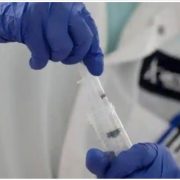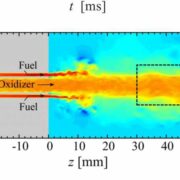
James Webb Space Telescope can feasibly detect ammonia around six gas dwarf planets after just a couple of orbits
he James Webb Space Telescope (JWST), to be launched this October, could feasibly detect ammonia around six gas dwarf planets after just a couple of orbits, thus detecting a possible signature of life on other planets in as little as 60 hours.
Gas dwarf planets have the potential to foster life. Since none of those super-Earths or mini-Neptunes exist within our system , scientists struggle to work out whether their atmospheres contain ammonia and other potential signs of living things.
“What really surprised me about the results is that we may realistically find signs of life on other planets within the next 5 to 10 years,” said Caprice Phillips, a grad student at The Ohio State University. He will share preliminary findings at a news conference during the 2021 APS April meeting.
She and her team modelled how JWST instruments would answer varying clouds and atmospheric conditions, then produced a ranked list of where the telescope should look for life. “Humankind life has contemplated the questions, ‘Are we alone? what’s life? Is life elsewhere almost like us?’” said Phillips.
“My research suggests that for the primary time, we’ve the knowledge domain and technological capabilities to realistically begin to seek out the answers to those questions.”
NASA’s James Webb Space Telescope has survived all of the tough conditions related to a rocket launch to space, before its October 2021 launch.
Webb’s recent tests have validated that the fully assembled observatory will endure the deafening noise, and therefore the jarring shakes, rattles and vibrations that the observatory will experience during liftoff, consistent with NASA.

























